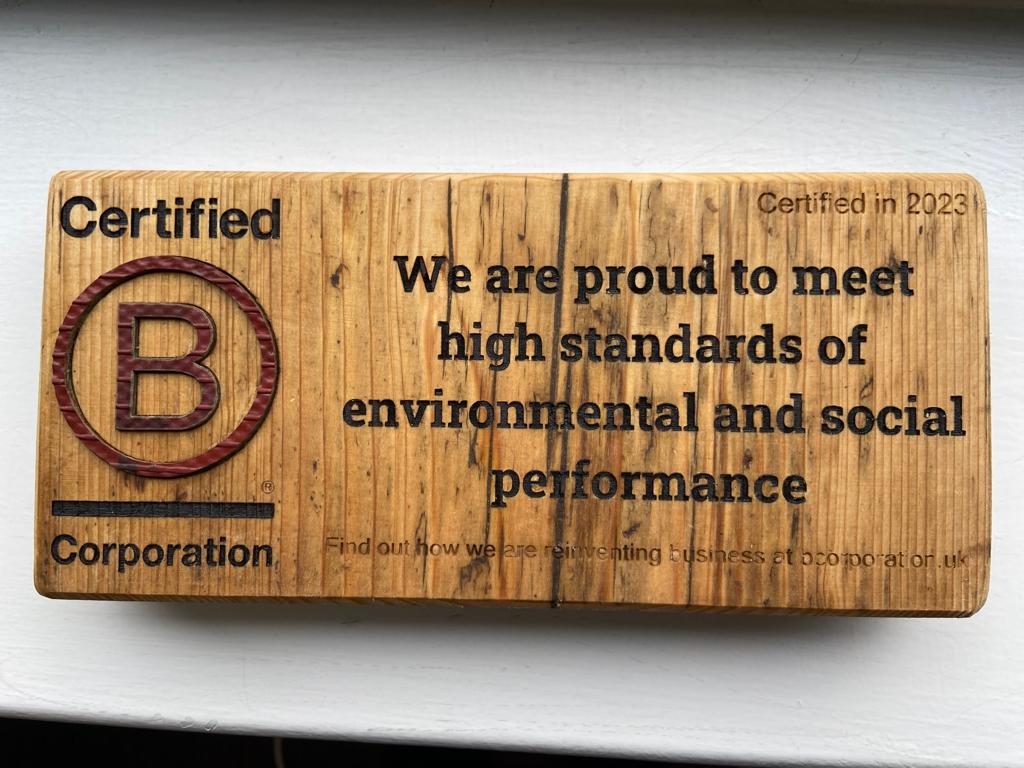Last week our leadership and business development program delegates had a Masterclass with Professor Carole Howorth on managing conflict in business, where she shared her research, insights and experiences of working with both family and non-family businesses, and the governance lessons from successful family firms. Here is an article Carole wrote for us on managing conflict in family businesses.
Perceptions of family businesses vary; some believe they are a hotbed of conflict, family arguments and nepotism, whereas others see them as the most loving, caring, responsible businesses on the planet.
The reality is that there are many types and experiences of family and non-family businesses, with a whole range of positive and negative behaviours. Families can indeed bring conflict into the business, but by understanding what the successful ones do well, we can avoid mistakes and govern our businesses so that they thrive and bring to the world of business all that is great about family relationships.
As businesses grow in complexity and involve greater numbers of people, the potential for conflict increases. For small, founder-owned and managed businesses it might be ok to make decisions around the kitchen table. Growth, however, should bring increased professionalisation and the kitchen table approach needs to be left behind.
If family members bring family conflicts, longstanding rivalries, or unresolved issues into the boardroom, it can be very detrimental to the business. Many businesses employ one or more non-family non-executive directors to the board in the belief that this will bring an external influence to counter any family dominance. Yet the research shows employing a non-executive director does not generally lead to superior performance. The reasons behind this finding highlight areas where family business boards can improve their effectiveness.
Many non-execs do not have clearly defined roles and responsibilities. Sometimes non-execs have no influence because decisions are made within the family, back at the kitchen table, before they ever come to the board. Some family owners appoint a non-exec because they are known and trusted, but this can mean that they are not independent. Friends of the family may be great supporters of the business, but they are less likely to provide a truly independent, external perspective and they may not be impartial regarding family issues.
A significant number of family businesses thrive across generations, some for hundreds of years. They have things in common that we can learn from to improve the governance of a growing business and ensure the board is most effective. Good governance reduces conflict. Well-managed conflict can be a force for good, bringing challenge and innovation. Underpinning the principles of good governance is the need to not assume.
|
Principles of Good Governance 1. Clarify roles and responsibilities 2. Establish policies in advance of needing them 3. Share and communicate the long-term plan 4. Manage competing objectives |
1. Clarify roles and responsibilities
Your business will have to deal with uncertainty in the external environment, but you can reduce uncertainty internally by ensuring that roles and responsibilities are explicit not implied. This becomes more complex as roles change, for example as the board expands, senior family owners approach retirement and younger managers seek increasing responsibility. As people move into new roles, it is also important that they let go of responsibilities that are no longer theirs.
Within family businesses, clarity and differentiation between family and business roles and responsibilities is important. Family members need to understand the extent of their responsibility and involvement. It is not unknown for them to interfere! Structure and formality provide clarity and avoid for example, non-family managers feeling excluded. Some family businesses find that a Family Council provides a useful structure for family members to consider issues related to their role in the business.
2. Establish policies in advance
It is extremely challenging to make decisions in crisis and can lead to emotional outbursts and arguments. However, if a policy has already been agreed on how the business will deal with, for example, CEO succession, director recruitment, family seeking jobs, investments, dividends, remuneration, then when the issue arises it can be handled without leading to conflict.
3. Share and communicate the long-term plan
The long-term plan is all about agreement on the purpose of the business. If board members and employees all have a slightly different view of why you’re in business and what you are aiming to do, decision making is more difficult, and conflict is likely to increase. If the long-term plan is agreed and everyone understands common goals, conflict can be a positive force. Try asking your staff what they think the business is aiming to do.
4. Understand competing objectives
Sharing the long-term plan will help you to manage competing objectives, but you will still have differing viewpoints. Understanding where these come from can help you to manage them. A combination of objectives is associated with improved performance. The businesses with better performance are those that combine financial, business and social (or family) objectives. The worst performing businesses focus on entrenched family objectives. Within the boardroom you may have a mix of ideologies that lead to directors emphasising different decisions. People may tend towards being entrepreneurial and emphasise growth, innovation and new ideas. Others may be managerialists and focus on controls, rules, and analysis. A third group may be more paternalistic and focus on people and social objectives. Understanding the reasons for different viewpoints will give you a new insight into why directors emphasise varying objectives. Do not assume that everyone thinks (or should think!) like you.
|
If you'd like to receive your free copy of the Family Issue of our business publication, Leading: Meeting of Inquiring Minds, you can email us your postal address here and we'll send you one, or click on the image below for the electronic version |
 Click on the image to access the electronic version of Issue 4: The Family Issue
Click on the image to access the electronic version of Issue 4: The Family Issue
If you would like to learn more about our LEAD™ program for owner-managers, directors and senior managers, please get in touch with Jo Draper here. Our next LEAD™ program starts on 19th and 20th April. Don't miss out!




